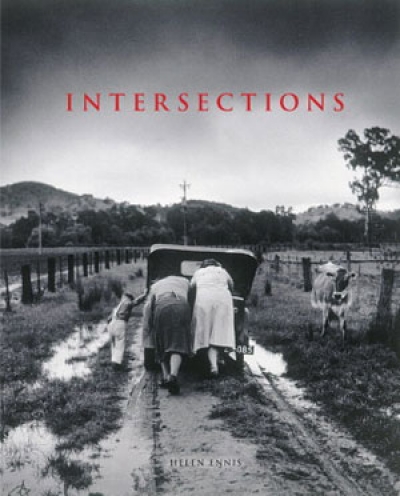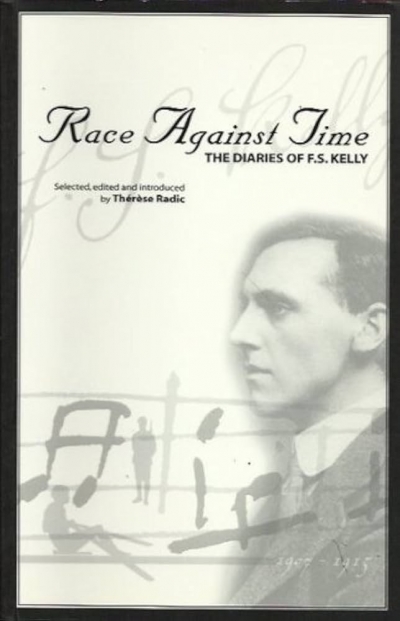National Library of Australia
T.W. Edgeworth David: A life by David Branagan
by John Thompson •
Intersections: Photography, history, and the national library of Australia by Helen Ennis
by Julie Robinson •
Race Against Time: The diaries of F.S.Kelly edited by Thérèse Radic
by John Thompson •
The Diaries of Donald Friend: Volume 2 edited by Paul Hetherington
by John Thompson •





